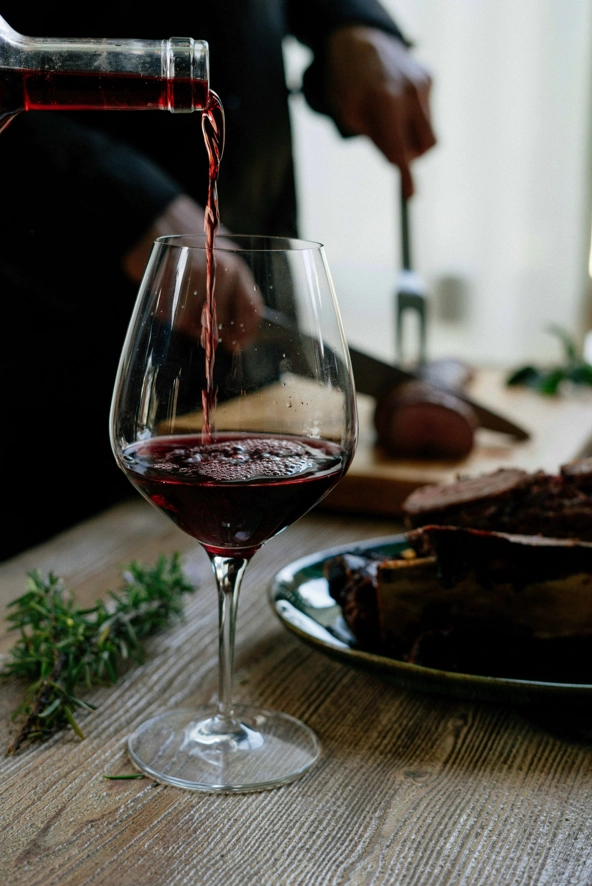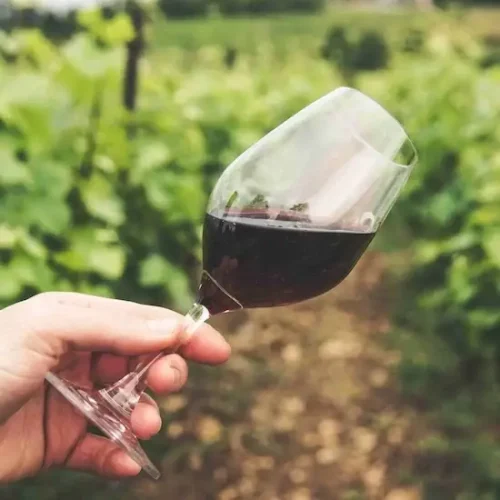So Chic Stories
One B Wine Shares Their Top Tips to Truly Enjoy Burgundy Wines
- - Gastronomy
Burgundy wines are unlike any other. Known for their single grape varietals — Pinot Noir for reds and Chardonnay for whites — they offer a rare combination of elegance, purity, and complexity. But to truly appreciate what makes them so special, it helps to understand the subtle details that elevate the experience.
Here are our four essential tips to help you enjoy Burgundy wines even more.
1. Choose the Right Glassware
It may sound like a detail — but trust us, the glass you use changes everything. Burgundy wines, especially Pinot Noir and Chardonnay, are known for their delicacy and complexity. The right glass helps capture and concentrate their aromatic profile.
-
For red Burgundy, a wider bowl allows the wine to breathe and unfold gently, letting the subtle floral and earthy notes emerge layer by layer.
-
For white Burgundy, a slightly narrower glass helps direct the wine’s freshness and minerality straight to your senses.
One B Wine recommendation? Zalto glasses. They’re not just beautifully crafted — they’re designed to complement the finesse and purity of Burgundy wines. Light, elegant, and precise, they make every sip more expressive.
2. Serve at the Right Temperature
Serving temperature is often underestimated, yet it can make or break the experience. Too warm, and the wine loses its structure. Too cold, and the aromas hide.
-
Red Burgundy is best served between 14°C and 16°C. This range allows the delicate fruit and floral notes to shine, while keeping the texture smooth and refined.
-
White Burgundy thrives between 10°C and 13°C, where its brightness and complexity can fully express themselves.
In tropical climates like Singapore, we often recommend serving whites slightly colder than usual — outdoor heat warms your glass quickly, and cooling them down a bit more at the start helps balance things out naturally.
3. Pair with the Right Food
Great Burgundy wines don’t need complicated pairings — they simply need thoughtful ones. Their structure, acidity and finesse make them incredibly versatile at the table.
-
White Burgundy (Chardonnay) is fantastic with seafood, white meats, creamy pastas, and goat cheese. A Meursault with grilled scallops, or a Puligny-Montrachet with roasted chicken in cream sauce? A dream.
-
Red Burgundy (Pinot Noir) pairs beautifully with roasted meats, game birds, mushroom dishes, and of course — cheese. Its light body and bright acidity make it especially food-friendly, even with rich dishes.
There’s no need to overthink it — Burgundy has a way of elevating even the simplest meal into something special.
4. To Decant or Not to Decant? A Matter of Age and Mood
Decanting Burgundy can be a delicate decision. As a general rule:
-
Young wines often don’t require decanting, unless you find them too tight or tannic. In that case, a short aeration can help soften them.
-
Older red Burgundies may develop some sediment and can benefit from gentle decanting just before serving — not to rush them, but to let them breathe and express themselves gracefully.
-
For very old bottles, decanting may do more harm than good. Instead, open the bottle 30 to 60 minutes before serving, pour gently into glasses, and let the wine evolve naturally as you sip. It’s a beautiful experience to watch a wine unfold in the glass over time.
Our Final Thought: Take Your Time
Drinking Burgundy is not about rushing or ticking off labels — it’s about slowing down, paying attention, and connecting with something that has been crafted with care. Every bottle has its own rhythm, its own mood. And the more you listen, the more you’ll discover.
🛒 Browse One B Wine Burgundy selection online — curated with care, and always with quality in mind.
📩 Need a recommendation?
Email: natacha.voland@onebwine.com | WhatsApp: +65 9180 3933
Bonne dégustation et large soif,
— Natacha & the One B Wine Team

